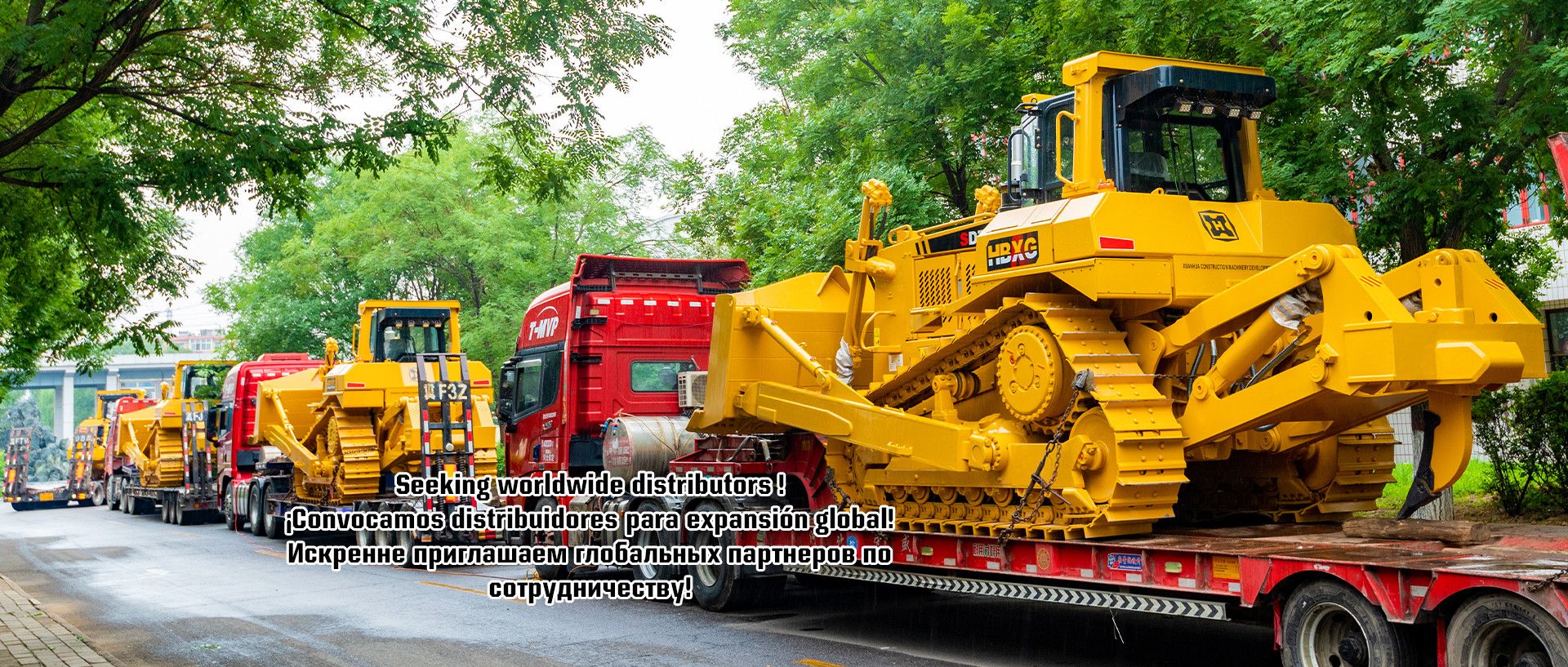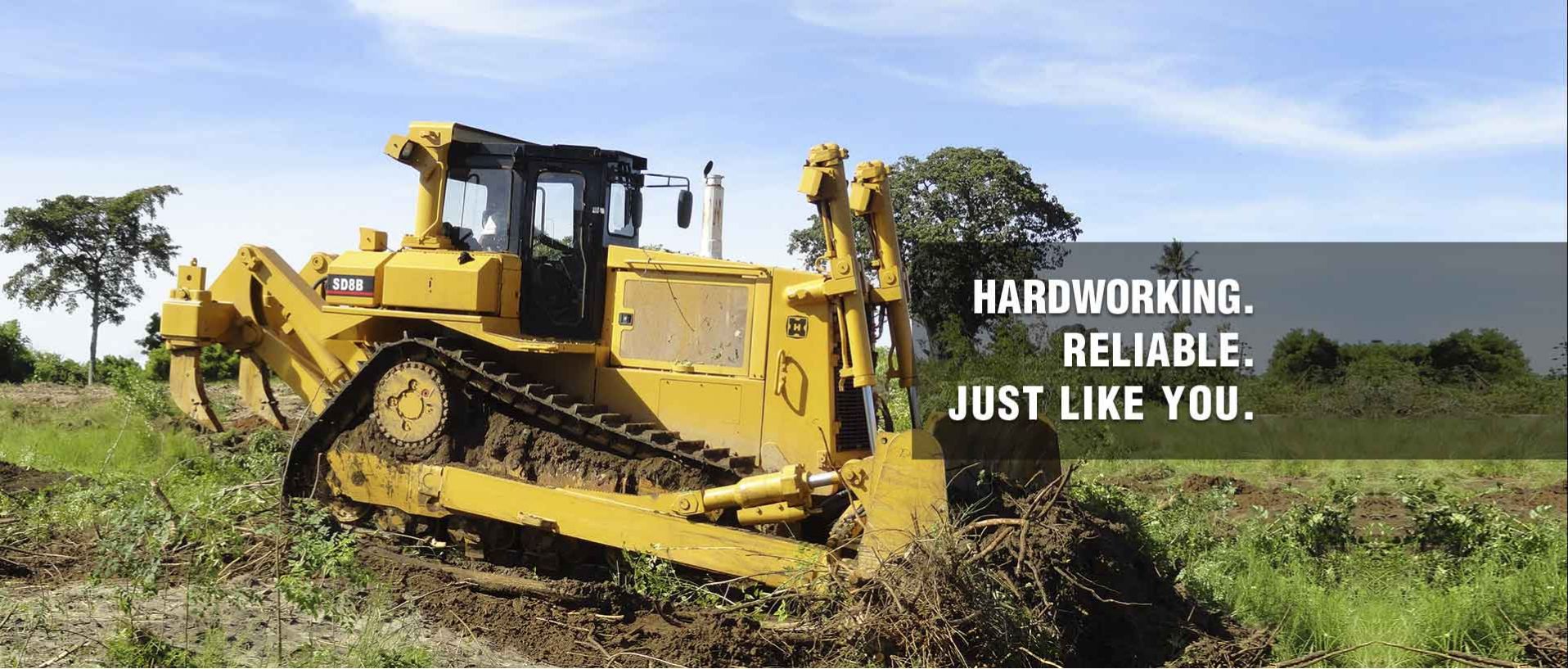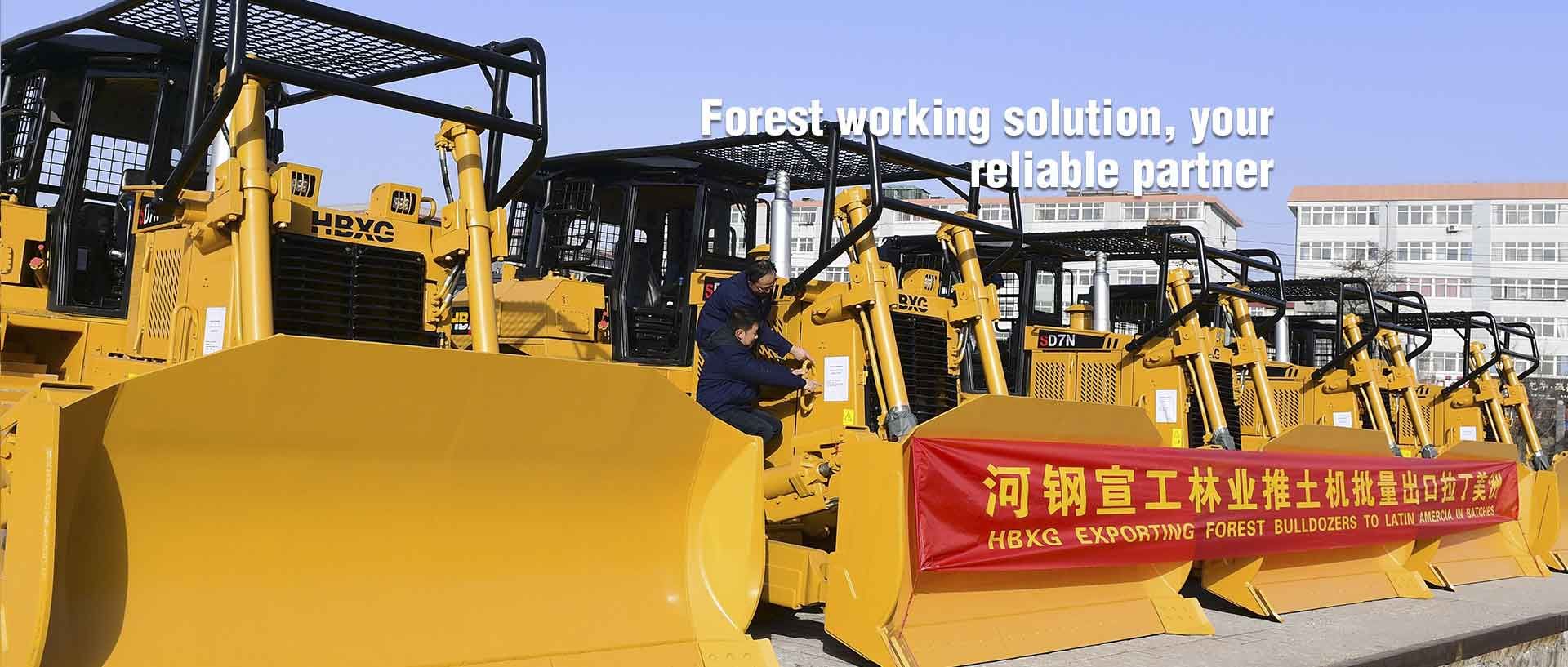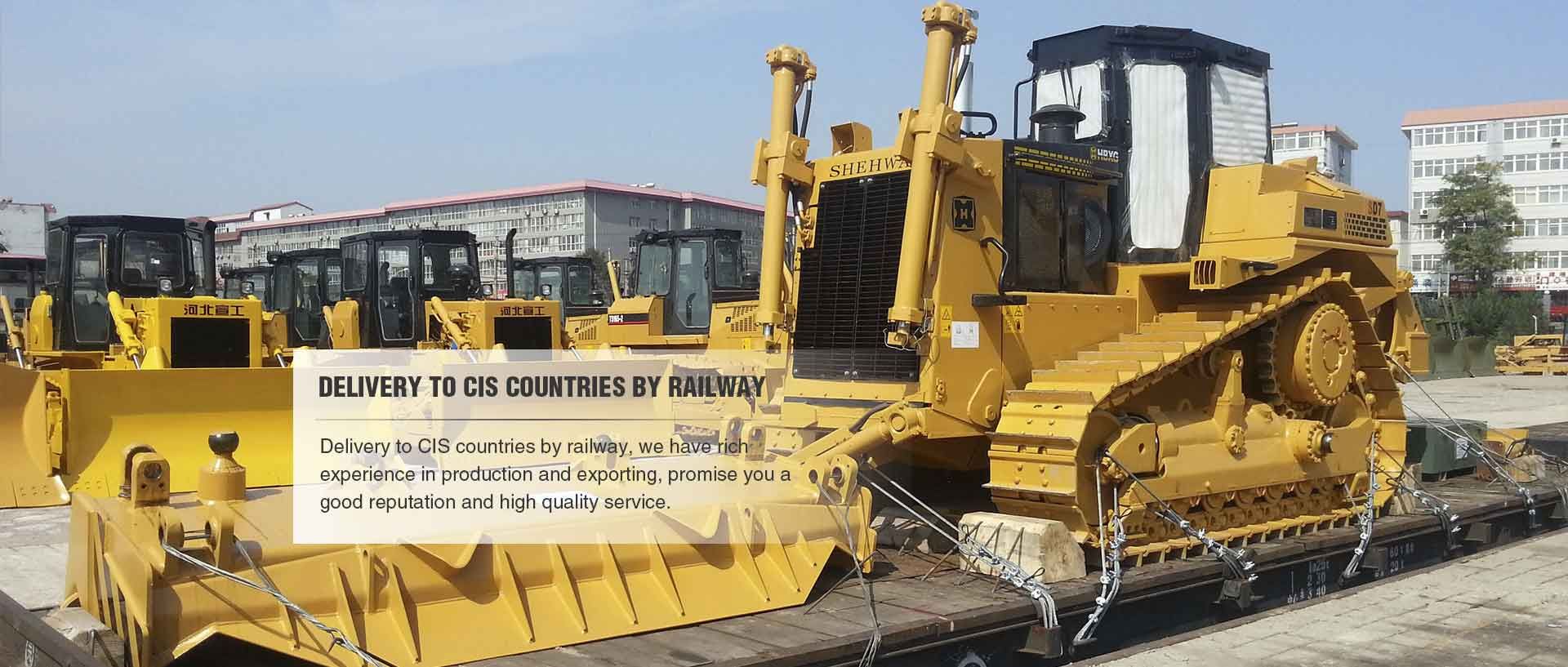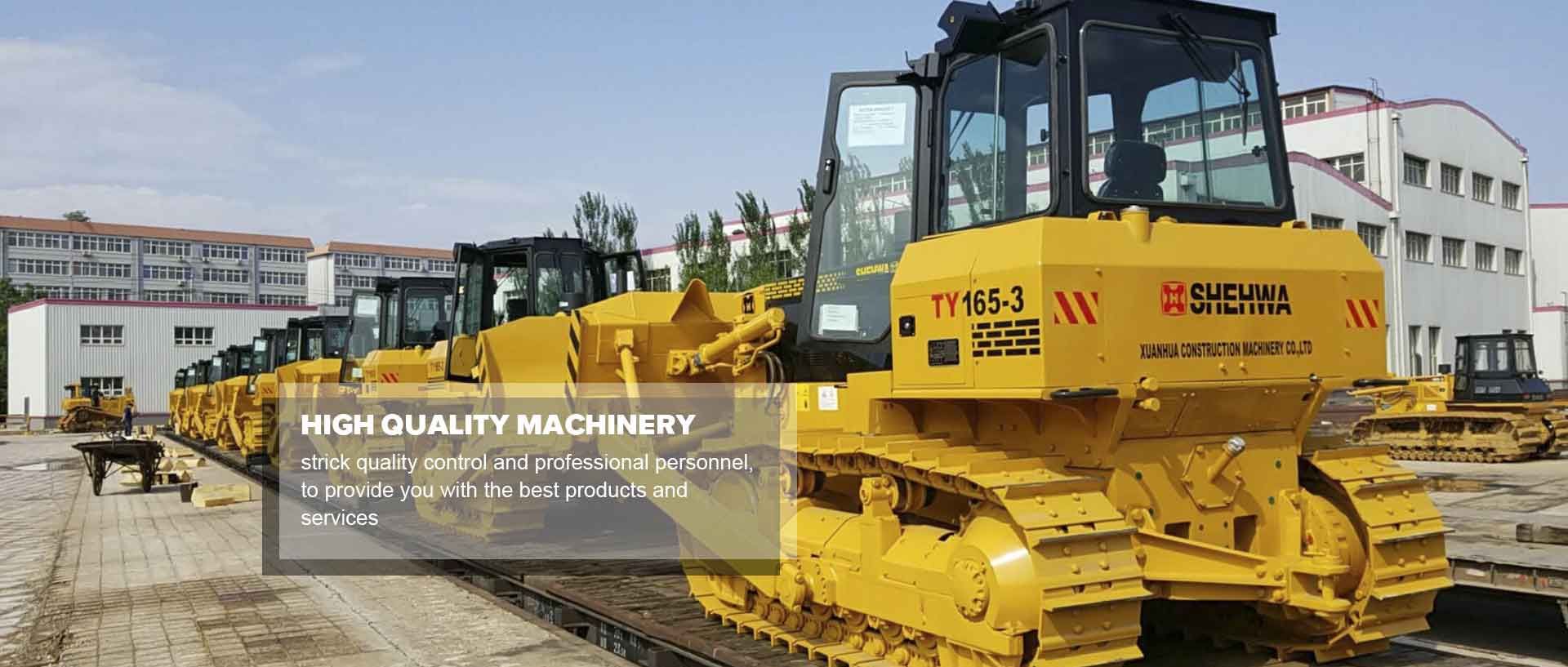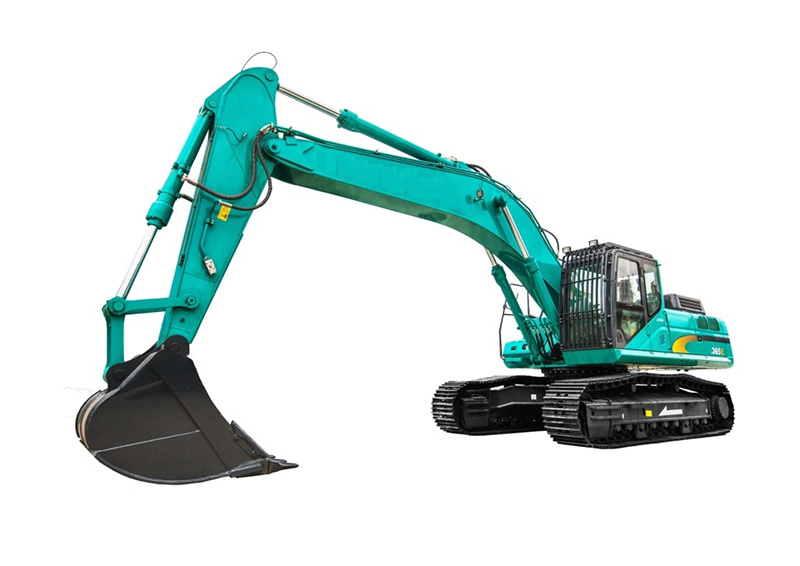How to Use an Excavator on Steep Slopes and Dirt?
 Apr. 02, 2020
Apr. 02, 2020
Excavators encounter a variety of conditions in their work, of which steep slopes are the most common. How can the excavator quickly and safely go up and down various slopes? As a leading excavator manufacturer, HBXG summarizes the following points for everyone through years of production experience.
Uphill and Downhill Safety Guidelines
Driving Down a Steep Slope
Use a walking joystick and a throttle joystick to maintain low driving speed. On slopes exceeding 15 degrees, keep the angle between the arm and boom at 90 to 110 degrees, maintain a 20 to 30 cm distance from the back of the bucket to the ground, and reduce engine speed.Braking on Slopes
When going downhill, place the walking joystick in the neutral position to activate the automatic brake.Managing Track Slippage
If the track shoe slips on an uphill slope, utilize the pulling force of the stick along with the track shoe's driving force to assist in climbing.Handling Engine Shutdown on Slopes
In the event of an engine shutdown while ascending, move the walking joystick to neutral, lower the bucket to the ground, stop the machine, and then restart the engine.Avoiding Turns on Slopes
Prevent turning operations to avoid superstructure instability. Keep the cab door closed to avoid sudden changes in operating force.Changing Direction Safely
Do not change walking direction on steep slopes unless on gentler, firmer terrain. Always avoid crossing slopes to minimize the risk of slipping.Preventing Machine Tip-Over
Avoid rotational operations or sudden boom movements on steep slopes. Perform all operations carefully and at low speeds.
Working in Muddy Water and Soft Ground
Operating in Water
When working in slow-moving water, ensure the depth does not exceed the sprocket’s centerline. Avoid water ingress into critical components like the slewing bearing and replace grease if contamination occurs.Handling Soft Ground
Pay attention to ground stability to prevent sinking. Avoid exceeding the machine's depression depth.Rescuing Trapped Tracks
If a unilateral track is caught in muddy water, use the boom, stick, and bucket to lift the track and pad it with logs or boards. Ensure the bucket bottom remains in contact with the ground at a 90 to 110-degree angle.Recovering From Deep Mud
For fully submerged tracks, lay planks, anchor the bucket, and simultaneously pull the bucket and use the walking joystick to extract the machine.Using External Assistance
When self-recovery fails, securely attach a steel cable to the walking frame and use another machine for assistance. Place a thick board between the frame and cable to avoid damage.Grease Maintenance
After operations involving muddy water, ensure connecting pins and working devices are greased to prevent wear. Operate the boom, stick, and bucket several times to distribute grease evenly.
Excavator
Best Practices for Safe Operation of Construction Equipment on a Slope
1. Use the Right Equipment for the Job
Ensure the appropriate machinery, like a long-reach excavator, is used for steep slopes. This equipment allows the machine to remain secure on stable ground while its arm operates effectively.
2. Inspect the Condition of the Slope
Before work begins, examine the slope's integrity, especially after adverse weather. Address loose debris or unstable conditions to ensure safe operations.
3. Follow the 70% Rule
Do not operate on slopes exceeding a 70% grade (approximately 35 degrees). When in doubt, consult a surveyor to verify slope safety.
4. Track Direction Matters
Point tracks up and down the slope, not sideways. When moving uphill, keep idlers pointed forward; when descending, ensure idlers face downward for optimal balance and load distribution.
The Excavator Working on Steep Slopes requires adherence to precise operational practices to ensure safety and efficiency. By following these guidelines, excavator operators can minimize risks and maximize productivity. Whether managing muddy terrains or handling steep slopes, expertise and preparedness are key. Excavator Working on Steep Slopes techniques help improve operations while prioritizing safety for both operators and equipment.
This is the use of excavators on steep slopes and mud introduced by Bulldozer China Factory.















